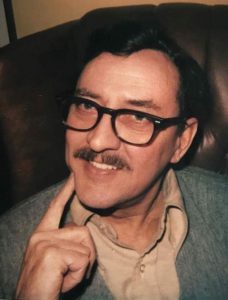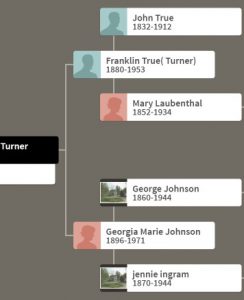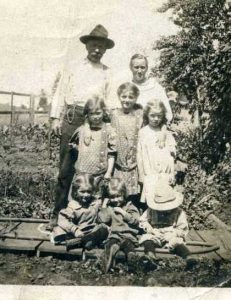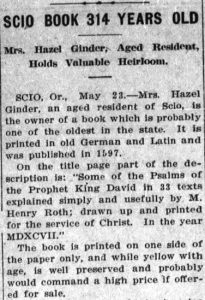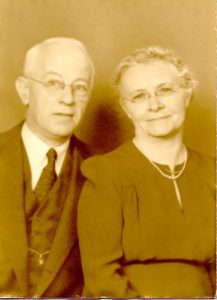
As the New England Regional Genealogical Conference was held recently in Springfield, Massachusetts, I am reminded of my brief genealogical connection to that city and the incredible value of city directories. Springfield is the birthplace of my paternal grandmother, Elizabeth Peltz Helman, who was born there 9 September 1914 at 20 Converse Street. However the family only lived there two years before moving on. Her father, Gilbert Wayne Helman (1882–1945), was a travelling salesman who for the better part of twenty-plus years never lived in the same city for long. City directories (along with a few other records) allow me get a nearly complete timeline of someone who was constantly “on the move.”
Gilbert was born in Philadelphia 12 March 1882, the elder of the two sons of Herbert Heath and Mary Rosella (Through) Helman. Continue reading Follow that salesman
